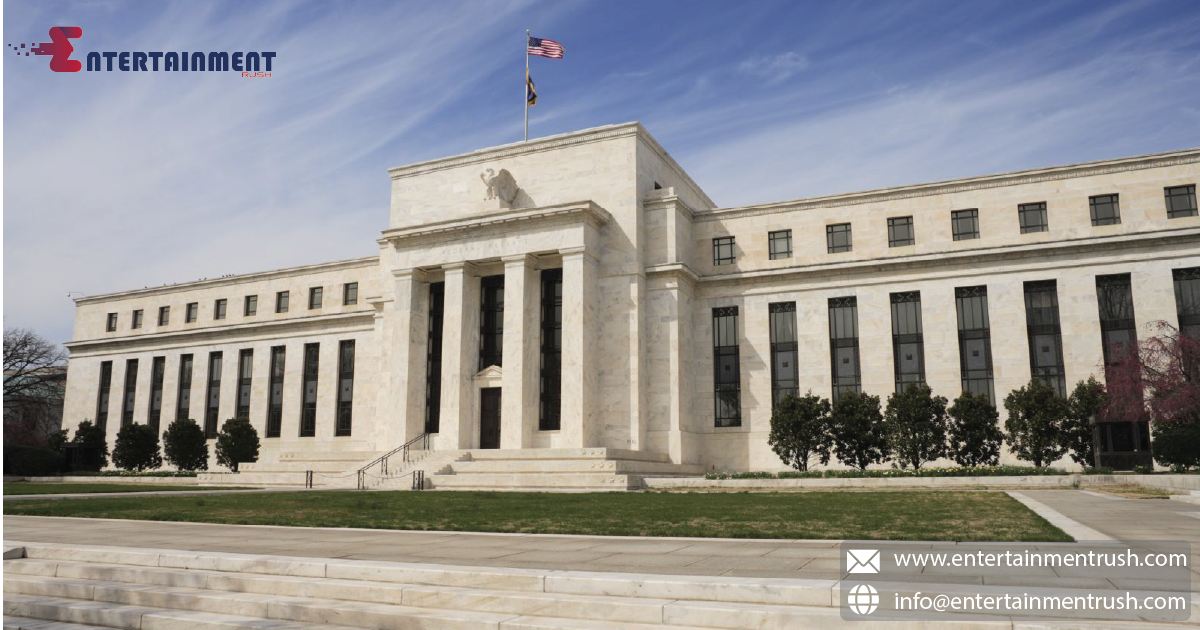The economic landscape of the United States has been profoundly impacted by the COVID-19 pandemic and its cascading effects on businesses, households, and financial markets. In response to the unprecedented challenges faced by the economy, policymakers have implemented a series of stimulus measures and monetary policy actions through the Federal Reserve to mitigate disruptions and support recovery efforts.
Fiscal Stimulus Measures
The US government swiftly enacted several fiscal stimulus packages to provide relief to individuals, businesses, and state governments affected by the pandemic. The Coronavirus Aid, Relief, and Economic Security (CARES) Act, passed in March 2020, was the largest economic stimulus package in US history, totaling over $2 trillion. This legislation included direct stimulus payments to individuals, expanded unemployment benefits, forgivable loans for small businesses, and funding for healthcare providers and state governments. Subsequent relief packages, such as the Consolidated Appropriations Act and the American Rescue Plan Act, provided additional funding for vaccine distribution, rental assistance, and support for schools and childcare facilities. These fiscal measures aimed to stabilize household finances, prevent widespread layoffs and stimulate demand to bolster economic recovery.
Monetary Policy Actions by the Federal Reserve
In parallel with fiscal stimulus efforts, the Federal Reserve implemented a range of monetary policy actions to support liquidity, stabilize financial markets, and facilitate borrowing conditions for businesses and consumers. The Fed swiftly lowered its benchmark interest rate to near-zero levels in March 2020 and signaled its commitment to maintaining accommodative monetary policy until the economy showed sustained improvement. the Federal Reserve initiated unprecedented asset purchase programs, commonly known as quantitative easing (QE), to inject liquidity into financial markets and lower long-term interest rates. The Fed’s balance sheet expanded significantly, as it purchased Treasury securities and mortgage-backed securities to support market functioning and credit availability.
Targeted Programs to Support Specific Sectors
Recognizing the disparate impacts of the pandemic on various sectors of the economy, policymakers and the Federal Reserve introduced targeted programs to address specific challenges. The Main Street Lending Program, for example, provided support to small and medium-sized businesses by facilitating access to credit through participating banks. The Municipal Liquidity Facility aimed to stabilize state and local government finances by providing short-term lending options. The Federal Reserve also extended credit facilities to support corporate bond markets, commercial paper markets, and money market mutual funds, ensuring the smooth functioning of critical financial intermediaries. These interventions were designed to prevent liquidity shortages and promote stability in key sectors of the economy.
Challenges and Future Outlook
Despite the comprehensive policy responses, the economic recovery in the United States remains uneven and subject to ongoing uncertainties. While fiscal stimulus measures provided immediate relief to households and businesses, questions remain about the sustainability of recovery as temporary measures phase out and inflationary pressures persist. The Federal Reserve faces the delicate task of gradually unwinding its extraordinary support measures without disrupting financial markets or derailing the economic recovery. Monetary policymakers continue to monitor inflation trends, employment dynamics, and broader economic indicators to calibrate their policy stance and communicate transparently with market participants. the effectiveness of economic policy responses will depend on the ability of policymakers to adapt to evolving conditions and address emerging challenges. Sustainable recovery will require investments in infrastructure, education, and healthcare to enhance productivity and strengthen long-term economic resilience. the economic policy responses undertaken by the United States in the wake of the COVID-19 pandemic represent an unprecedented effort to mitigate the impact of a global crisis on the domestic economy. Fiscal stimulus measures and monetary policy actions implemented by the government and the Federal Reserve have provided critical support to businesses, households, and financial markets during a period of heightened uncertainty. While these interventions have been instrumental in stabilizing the economy and promoting recovery, policymakers must remain vigilant and adaptable in navigating the complex economic landscape ahead. By fostering inclusive growth, addressing structural challenges, and prioritizing long-term sustainability, the United States can emerge stronger from the crisis and build a more resilient economy for the future.
